By Griffin Cooper
I hope everyone is starting to recover from the holiday season. In today’s article, I want to cover a concept that is fundamental to the art of technical analysis—confluence and confirmation in trading signals. I think it’s a very important concept. The larger idea will probably be examined more times in the future as I find it so important to the art of technical analysis.
Trading is essentially a game of probabilities. While we can’t predict what will happen, we can seek situations where the odds are stacked more in our favor. One of the biggest takeaways I’ve had from my studies at the Society of Technical Analysis is the importance of finding confirmation or confluence of different market conditions to inform our decision-making.
What Is Confluence in Trading?
In trading, confluence happens when multiple signals or patterns align at the same time, strengthening the probability that a trade will work out in our favor. If we get two or more signals pointing in the same direction, it’s a strong indication that the trade has a higher likelihood of success. Conversely, if the signals are in conflict, it might be a good sign to stay out of the trade.
Some of the most commonly used confirmations in technical analysis are:
Time confirmations—when price stays above/below a certain level or indicator for a period of time.
Price confirmations—a higher or lower succeeding value.
Momentum confirmations—some kind of measured move beyond a certain level
For today’s article, though, I want to focus on a particular type of confirmation—when two signals occur at the same time and price, giving us a stronger reason to take the trade.
The Kata Challenge System and Confluence
In the Kata Challenge system, we focus on three basic patterns using simple price action and a few useful indicators:
A long-only reversal pattern, the Supported Spring Crossing or SSC
A short-only pattern to capture selloffs, the Collapsing Dragon or CD
A long & short trend-following pattern, the Kata2
Each of these patterns has shown to be effective on their own, but if we can find two of these patterns happening at the same time and price, we get confluence. This gives us a stronger entry signal and a higher probability of success. On the flip side, if the two patterns show conflicting signals, it’s usually a sign to stay out of the market, as the trade is less likely to work in our favor.
A Real-World Example: Walmart (WMT) on the 3-Minute Timeframe
Let’s take a look at a recent trade in Walmart (WMT) using the 3-minute timeframe. This trade was based on the kata2 pattern, which occurs when price has made a clear directional move down, then pulls back and forms a lower high. The lower highs are marked by the blue horizontal lines. In this instance, price action showed a clear kata2 pattern, giving us a valid trade setup.
But what made this trade even more interesting was the collapsing dragon (CD) pattern that was happening within the price action. The inset shows the CD pattern with its entry marked with a red horizontal line.
The PSAR (Parabolic Stop and Reverse) indicator, one of our most important indicators, flipped above price, showing a bearish bias. The PSAR helps us identify stop loss and exit points, entry points, as well as trends. The Dragon here refers to the use of Bollinger Bands to smooth out price action, also acting as a buffer for entries and exits.
This formed a small but valid CD pattern, and the entry was at the same price level as the kata2 pattern entry, based on the larger price action.
Our standard procedure is to enter when the PSAR has flipped. Then we can use a universal entry to get into trades, which is simply a breakout of a higher high or lower low than the previous bar.
The pullback that occurred before entry only built up more pressure, which led to a nice downside move. From a reward to risk framework, we had the chance to achieve +1R before hitting any major support levels so we could get our risk out.
If you'd like to learn more about the Kata Challenge system and these methods, please visit ablewaytech.com.
Happy Trading!
Griffin Cooper


